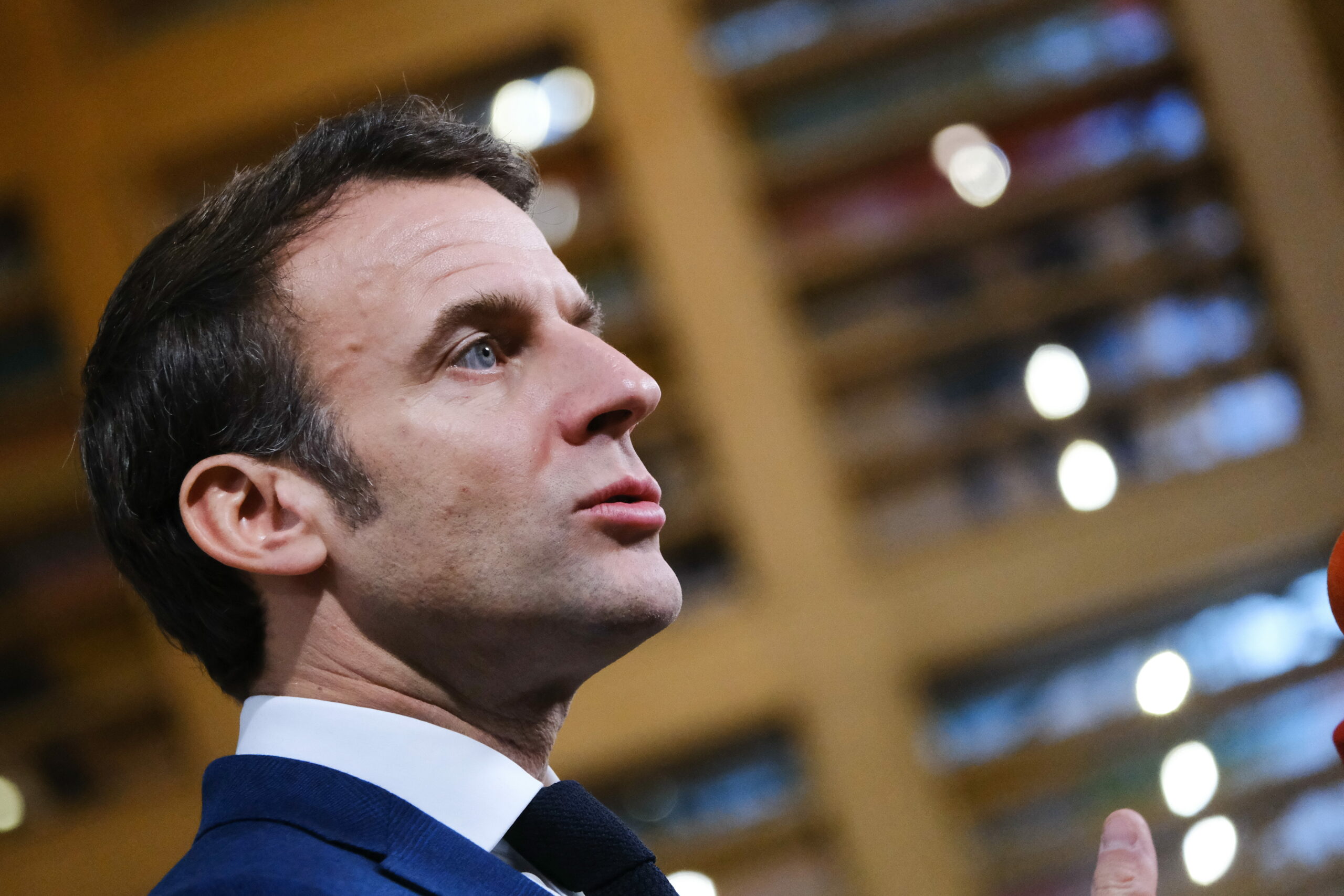Why France and Germany are pissed about nuclear energy

The European Union has reached an agreement on increasing the renewable energy targets to 2030. However, it is a clash between France and Germany: the first is trying to push nuclear power (also in relation to hydrogen), the second is opposed ( but was satisfied on e-fuel). All the details
The member countries of the European Union and the European Parliament yesterday reached an agreement to increase the targets on renewable energy to 2030: by this date, clean sources – such as wind and solar power, for example – will have to cover 42.5 per cent of total energy consumption in the Community territory, instead of 32 per cent.
Furthermore, by 2030, the European Union must have reduced its greenhouse gas emissions by 55 percent compared to 1990 levels.
THE CURRENT SITUATION OF RENEWABLES
In 2021, renewable sources generated 22 percent of the European Union's energy, but this is an average value. The differences between states can be huge: for example, Sweden's share, in first place, is 63 percent, while that of the Netherlands is less than 13 percent.
THE OBJECTIVES FOR TRANSPORT AND INDUSTRY
Yesterday's agreement establishes that by 2030 the share of renewables in energy consumption in the transport sector must be 29 percent. Industries, on the other hand, will have to increase the use of these sources by 1.6 percent every year: by 2030, 42 percent of the hydrogen – a zero-emission fuel – that they will use in their processes will have to come from renewable; the share will rise to 60 percent by 2035.
THE BATTLE BETWEEN FRANCE AND GERMANY ON NUCLEAR
France has pressed hard for nuclear energy to be included among the valid sources for achieving the target. In the end, "after a long night of negotiations", reports the Financial Times , the member countries of the Union reached a compromise, including nuclear power in the decarbonisation objectives of the industrial sectors.
Opposing Paris were mainly Germany and Austria, two of the most anti-nuclear European states, who argue that atomic energy will hinder the installation of wind and solar plants.
WHAT THE COMPROMISE ON NUCLEAR PROVIDES
Specifically, the hydrogen produced with electricity generated by nuclear power plants (called "purple" in jargon) will be calculated to achieve the objectives of reducing emissions from heavy industry. However, this is a distinct target from that of 42.5 percent of total energy consumption from renewable sources by 2030.
– Read also: Why the EU disappoints Macron on nuclear hydrogen
Essentially, France will have to increase installations of renewable capacity. In 2020 it was the only member country to have failed to meet the community objectives: renewables covered 19.1 percent of its energy consumption, when they should have reached 23 percent.
But France generates two-thirds of its electricity from nuclear power plants, which are as carbon-neutral as wind and photovoltaic farms; however, the European Commission considers them low-carbon .
The French government wants to build at least six new reactors by 2035 and is working to promote the role of atomic energy in the ecological transition.
WHAT HAPPENS NOW
To become law, the agreement on the renewable energy target will have to be officially approved by the European Parliament and by the various national governments. Ratification is usually a formal step, but Germany's recent opposition to the zero-emissions car regulation – which prompted the Commission to revise it to include an e-fuel exemption – may have set a precedent: member countries against the 2030 energy goal, that is, they could challenge the text and ask for changes.
This is a machine translation from Italian language of a post published on Start Magazine at the URL https://www.startmag.it/energia/unione-europea-accordo-rinnovabili-nucleare-2030/ on Fri, 31 Mar 2023 08:52:41 +0000.
